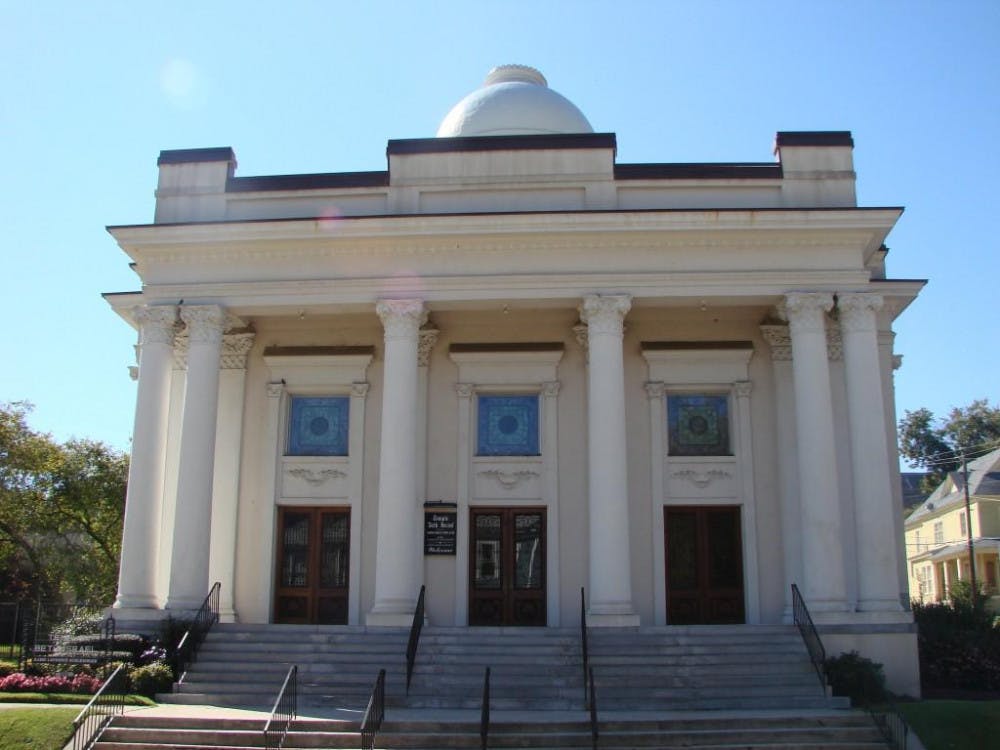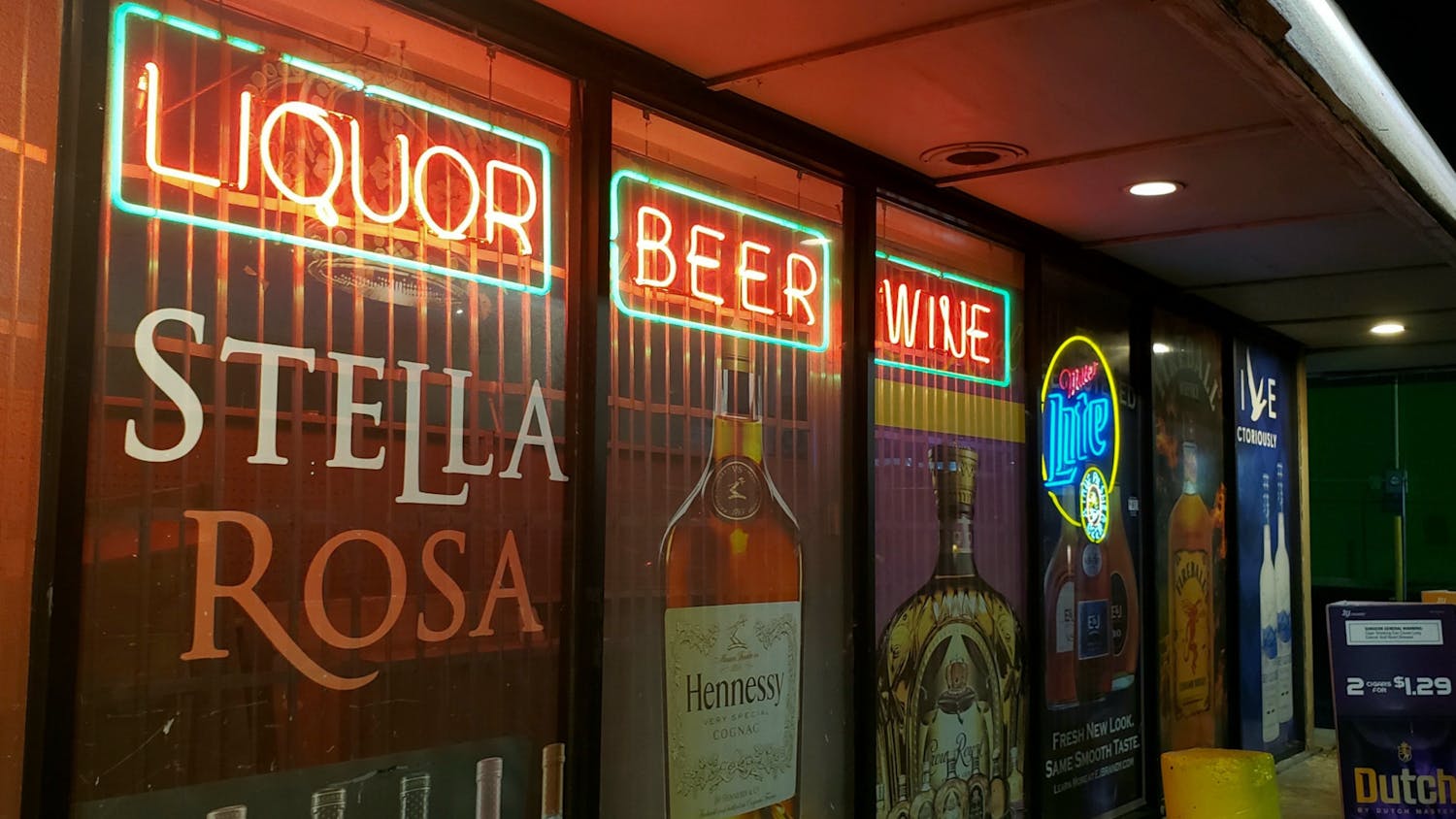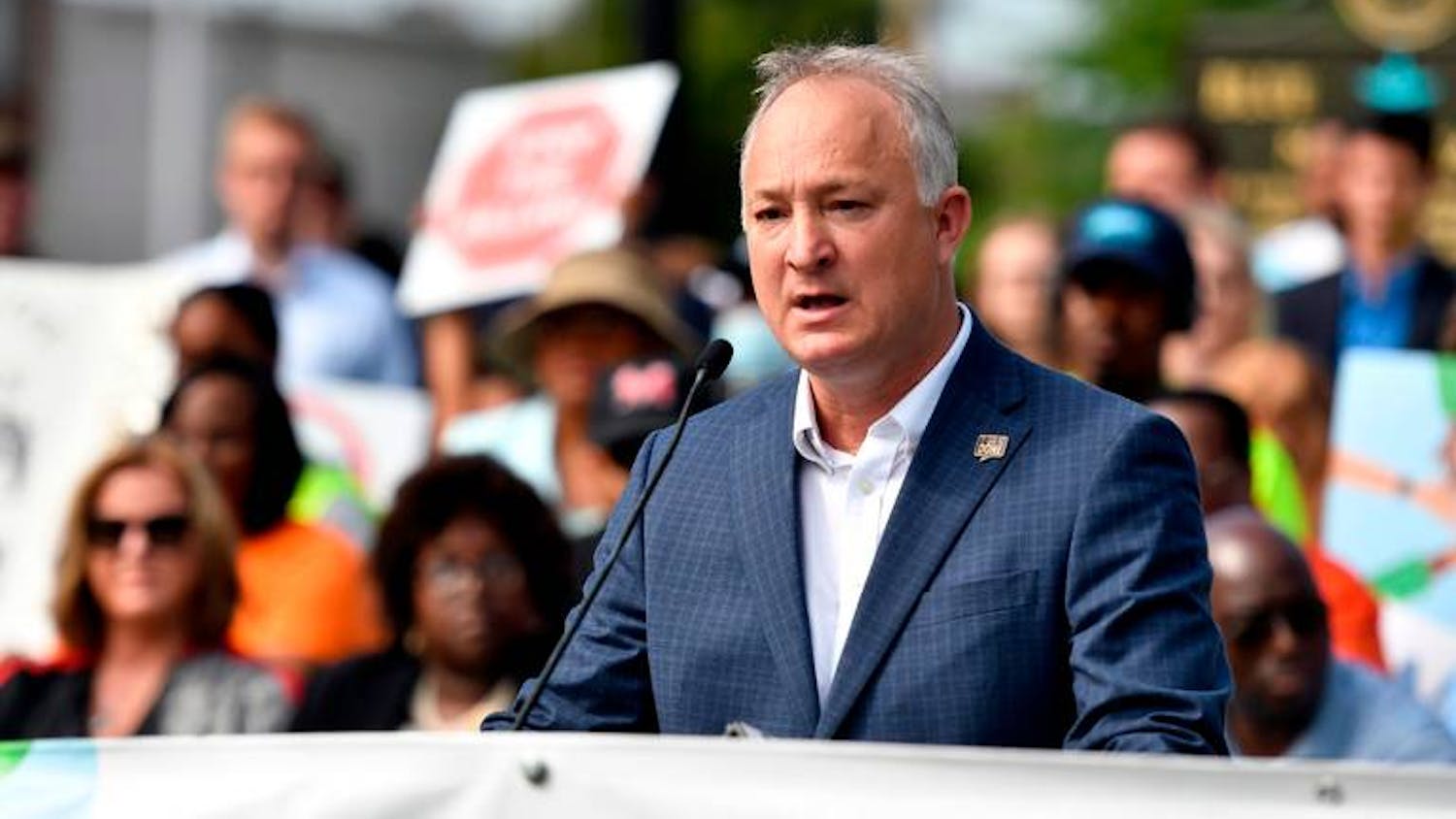
St. Paul's Episcopal Church
For the last edition of The Cluster, I began a spiritual extravaganza in which I attend various religious services throughout Macon.
For this edition, I first went to St. Paul’s Episcopal Church, located at the corner of College and Forsyth.
The people at St. Paul’s were incredibly friendly. When my company and I entered, we were greeted by people in white robes (who we soon ascertained were members of the choir), asked to fill out visitors cards and welcomed to be seated.
Episcopal churches, like the Catholic and Orthodox services I discussed in the first installment of this article, follow a liturgical calendar. What I didn’t originally know about the Episcopal Church is that it is, in fact, the Anglican Church of America. (Mind, blown.)
One thing (among several) that I loved about St. Paul’s was the acceptance of love that was so evident in everything that was done. On the visitor’s cards, the section for relationship status included engaged, cohabitating, and in a partnership. During the meet and greet moment of the service, Father Hal came down among the congregation to plant a kiss on his wife. I love that!
The church itself was lovely and wooden with stained glass windows and plenty of seating for the choir. The service was English. I appreciated this, because I could actually understand what was being said at all times, but I was also a bit bummed that it made the entire experience seem slightly less ritualistic to me. (I do adore savory otherness of being monolingual in a bilingual place of worship.)
I struggled a bit with the chants that proved to be such a staple at the Episcopal Church. They did not come with sheet music, and the pauses, line breaks and varied intonations seemed arbitrary to me.
My friends and I were permitted to take the Eucharist at St. Paul’s. The sacrament is of high importance. The St. Paul’s website lists its objectives, beginning with, “Firstly, the weekly Eucharist as the highest act of worship.”
After the service, Father Hal and his wife spoke to my group kindly, letting us know that we were always welcome if we ever wanted to come back, had any questions or wanted to join the parish for breakfast. I soon received a personalized greeting card in the mail from the clergyman thanking me for my attendance and welcoming me back anytime. (I was even invited to bring my cats to have them blessed at the church!)
The following Friday evening, I attended the Shabbat service at Temple Beth Israel, located on the corner of Spring and Cherry.
Until this moment, I had never attended a Jewish service of any kind and was very eager for experience.
My company and I were at first concerned, because the Cherry Street entrance was locked when we arrived. We walked around back to find a small congregation of people entering the temple. We went in to the worship area for the service. The temple itself is beautiful, with a dome in the center down which an eye looks. The temple was decorated with many candles, and as we entered candles were being lit.
The Shabbat service was largely based out of the prayer book. Most of the prayers in the book were written in Hebrew and translated into English. Rabbi Schlesinger sang many of the prayers in Hebrew, and sometimes the congregation would sing along in worship.
Occasionally the congregation was asked to stand. Then the Rabbi would turn his back to the congregation and a portion of the wall would open up. He would proceed to pray to the opening in the wall.
Rabbi Schlesinger later informed me that this was the ark and that it contained the synagogue’s most important documents: the Torah.
The congregation offered a prayer to the deceased and the ill. Everyone then recited the Mourner’s Kaddish, which, when my time comes, is what I want read at my funeral. (It’s in writing now, so you guys won’t have much of an option.) The prayer preceding the Mourner’s Kaddish ends with “Love doesn’t die; people do./ So when all that’s left of me is love,/ give me away.” That prayer, followed by the intelligent conversation and jokes that followed, was enough to make me consider converting. (Is it still considered conversion if you weren’t particularly religious on the first hand?)
Then came one of my favorite moments from my Reformed Jewish experience: the eating of bread. A loaf of bread, which had been hiding under a towel during the majority of the service, was presented. The Rabbi said, “Thanks be to God for bread.” He then took a bite, said, “Mmmm, bread,” and covered it back up. I could hardly contain myself! It seemed almost like a bit of a joke directed at the concept of transubstantiation.
Following this, there was a Q&A session with Rabbi Schlesinger. He explained that usually he gives a sermon, but on the last Friday of the month that is replaced with conversation.
The ask-the-Rabbi session was incredible. First off, there was plenty of wine and cake. After gathering food, everyone sat around folding tables in the community area of the synagogue and discoursed. The conversation focused largely on some of the differences between the Christian and Jewish practices. The idea of Hell was discussed (and laughed at, which was fabulous). One member of the congregation actually quoted Sartre, saying, “Hell is other people.”
The discussion about Hell led to a discussion about action versus faith. For the members of Temple Beth Israel, doing good acts is what matters, and doing them because they are the right thing to do, not for fear of Hell or hopes of Heaven.
My Episcopal and Reformed Jewish experiences were both personal and meaningful. The welcoming nature of both places of worship compels me to return and learn more about these denominations.
Keep reading next edition for the final installment of the Macon Places of Worship series.

Temple Beth Israel
Macon places of worship





